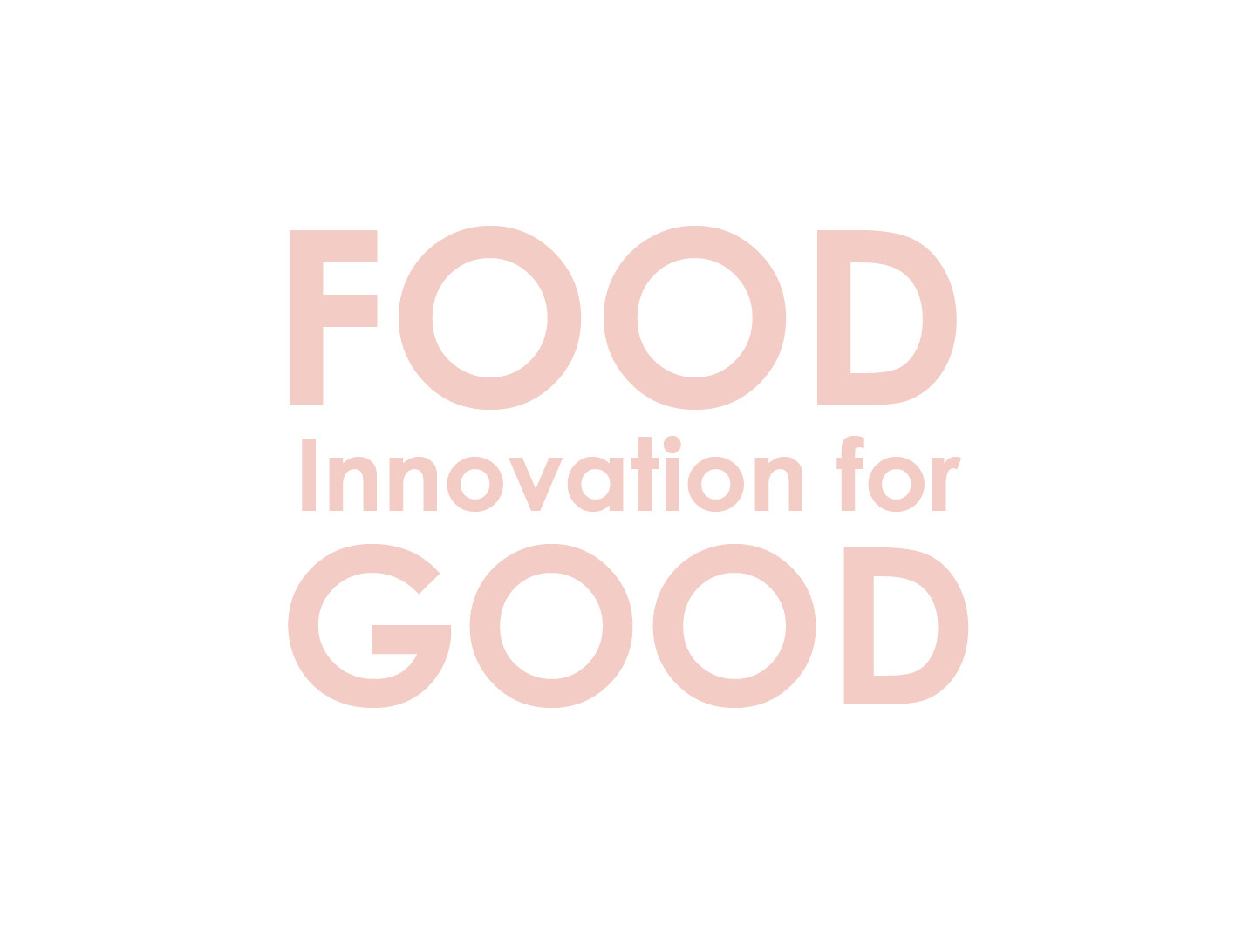El croissant clásico
Un croissant es una repostería mantecosa y hojaldrada que ha ganado popularidad mundial. Esta icónica repostería se elabora con masa de hojaldre, que requiere harina, levadura, azúcar, sal, mantequilla y agua. La masa se dobla y se enrolla varias veces para crear finas capas de masa y mantequilla, lo cual es esencial para su textura hojaldrada.
El proceso implica mezclar los ingredientes, dejar fermentar la masa y luego enrollarla y doblarla meticulosamente. Después de darle a la masa su clásica forma de media luna, se deja reposar antes de hornearla a la perfección. El resultado es una repostería bellamente dorada, crujiente y tierna, famosa por su delicioso sabor y textura.

Variaciones más populares
🍫 Croissant de chocolate: Un croissant clásico relleno de delicioso chocolate.
🥐 Croissant de almendra: Un croissant relleno de crema de almendra y cubierto con almendras laminadas y azúcar en polvo
🍪 Crookie: Un dulce híbrido que combina croissants y galletas para una fusión deliciosa de texturas y sabores.
💚 Croissant de pistacho: Un croissant relleno de crema de pistacho y, a veces, cubierto con pistachos triturados.
🌱 Croissant vegano: Un croissant hecho sin productos animales, utilizando ingredientes de origen vegetal como una alternativa deliciosa.
🍩 Cronut: Una mezcla entre un croissant y una rosquilla, con las capas hojaldradas de un croissant y la forma y textura de una rosquilla.
🍞 Pan de croissant: Pan hecho con masa de croissant, ofreciendo la hojaldrada mantecosidad de un croissant en forma de pan.
Combina tradición e innovación en cada croissant
Desarrollamos productos que apoyan un estilo de vida más saludable y mejoran el bienestar, al mismo tiempo que estamos comprometidos con la sostenibilidad. Con nuestras soluciones innovadoras, podemos ayudarte a tener un mejor impacto en la salud de los consumidores y en el planeta. Leer más














